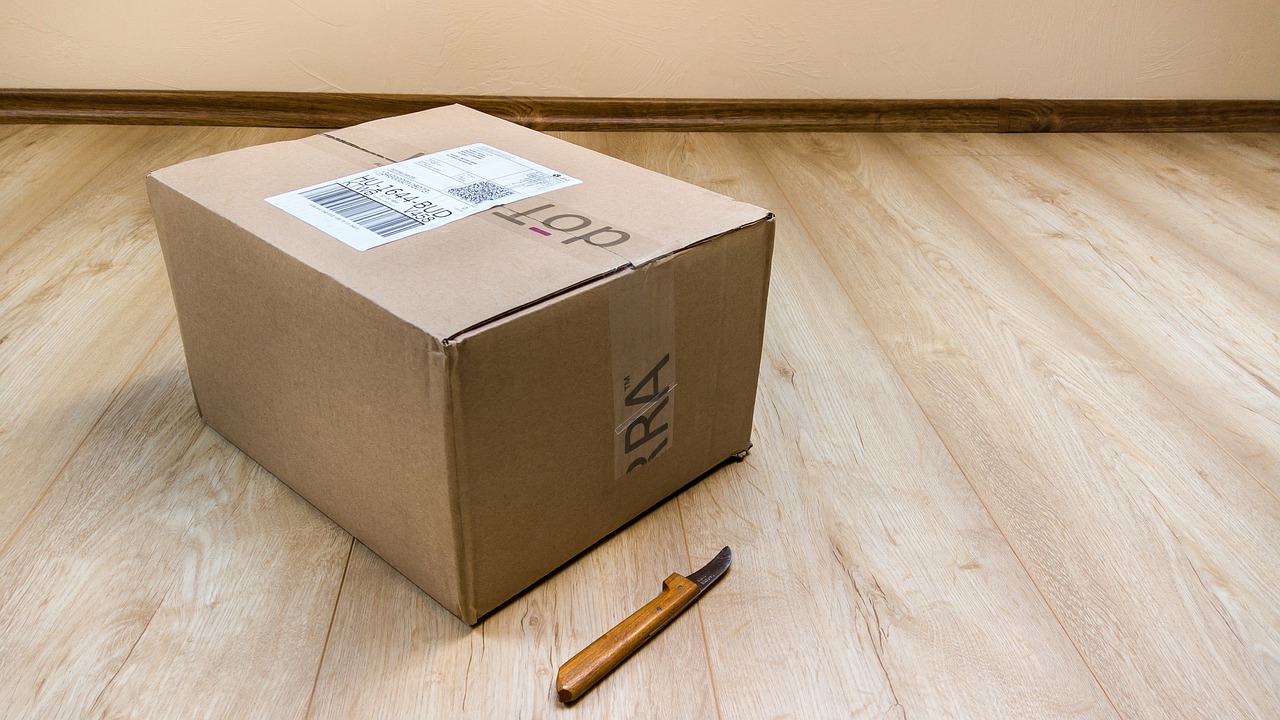
Sponsored article
The primary role of packaging is to protect the product throughout the eCommerce supply chain until it reaches the customer. During the delivery process, packages come into contact with many points where potential damage can occur.
Once the product leaves the distribution center, movement of the package in the delivery truck, crushing or even negligence on the part of the supplier can mean that items without proper packaging will not always arrive in the same shape they left the supplier.
Not only does inadequate packaging have a direct impact on companies’ bottom line, it can also hinder the relationship between vendor and customer. In the 21st century’s increasingly competitive retail environment, consumers not only expect fast delivery of goods, but also expect them to arrive intact. What’s more, over-packaging a product can expose a brand to criticism for being wasteful and not considering environmental impact. If e-tailers don’t get it right, they risk damaging the customer relationship before it even begins.
Packaging is the first tactile experience an eCommerce customer has with a brand, so getting it right is essential to encourage repeat purchases – returning customers spend as much as 67% more than fresh ones.
As an extension of a company’s overall image, aesthetics are an extremely important factor for online retailers and often serve as a key differentiator. In fact, a recent survey found that 76% of shoppers said packaging positively influenced their perception of a retailer. However, this perception can quickly turn negative if the product arrives damaged or broken and soon causes it to be returned to the seller.
Returns require repurposing, storing, or in some cases destroying the product. Sometimes it is a combination of all three. These are all additional services that can soon add up if there are a large number of returns.
To avoid the significant costs of returns, retailers must continually evaluate the effectiveness of packaging throughout the supply chain, all the way down to delivery. Sustainable and innovative packaging solutions can be used not only to reduce packaging waste, but also to provide packaging that effectively protects the product. Such solutions are provided by many manufacturers, like the one whose products are available at https://grembox.pl/.
New packaging initiatives, such as distributed packaging models, eliminate a number of packaging steps in the supply chain. Raw product is shipped in bulk directly from the manufacturer to a logistics center and then repackaged into an inner carton before being put away.
This saves companies money from the initial shipment to the fulfillment center, reduces waste and ensures the product reaches the customer in the best possible condition. Properly sized packaging is another effective solution – by reducing air and voids, retailers are able to minimize shipping costs and create much more robust packaging that significantly reduces damaged returns.
While strength and durability are key considerations, retailers must also evaluate assembly time when choosing the right packaging solution. The time it takes to assemble packaging will have a direct impact on labor time, affecting the ability and speed of order fulfillment.
Complex packaging will take workers longer to assemble, which means companies will end up paying significantly more than they would for a much simpler packaging design.
Depending on the product being shipped, custom packaging solutions may also be required to ensure resilience. For one leading cider and beer manufacturer, shipping two different types of products in one box can be particularly complicated, and placing dividers in the boxes dramatically slowed down the packaging process.
Working with an experienced packaging manufacturer, the company was able to source a custom box design that included built-in dividers. This saved time during the packaging process while increasing protection by minimizing movement or shock during delivery.
By ensuring the use of proper packaging, retailers across industries can significantly reduce damage to products as they move through the distribution chain. This will not only significantly reduce the cost of returns, but will also help create a complete end-to-end positive customer experience and increase loyalty to the company.
(Photo: pixabay.com)